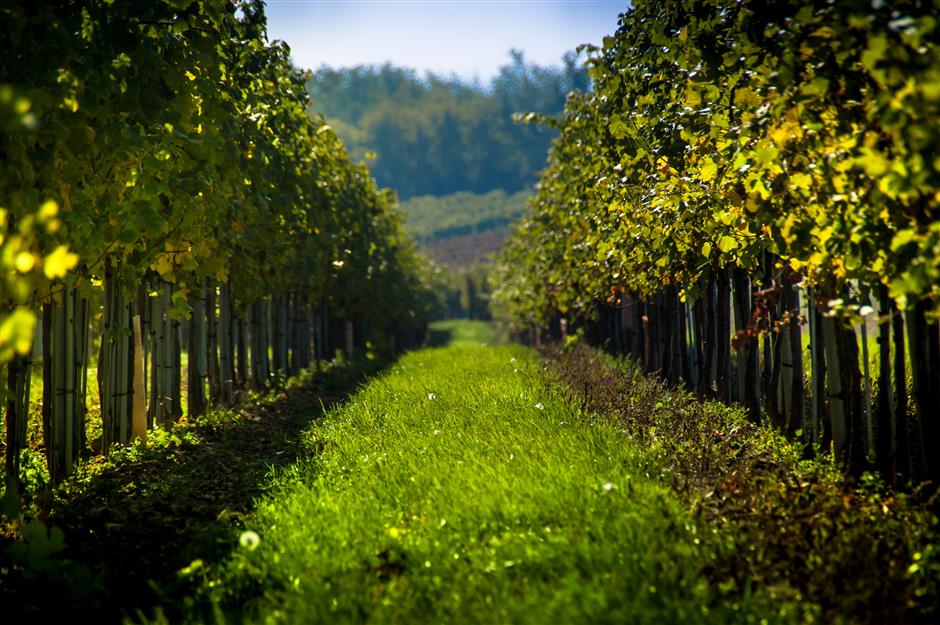Summary
Gourmets often lump mushrooms into the vegetable category, but technically they are a fungus. The most commonly consumed is the button mushroom, which makes up about 40 percent of the mushrooms grown around the world. China produces nearly 70 percent of mushrooms worldwide followed by the United States, Netherlands, France and Poland.
First consumed by prehistoric foraging tribes, mushrooms weren’t cultivated until around AD 500 in southwest China. The Egyptians, 4,600 years ago, considered mushrooms sacred and only the Pharaohs were allowed to eat them. The Romans called them the food of gods and featured lavish multi-meter long mushroom dishes at banquets. Food tasters were employed by Roman emperors to ensure they were safe to eat and not poisonous.
Today, there exist many reasons to love this edible fungus. They’re healthy, tasty and great with wines. Full of polysaccharides, mushrooms are loaded with vitamins A, B and C and good sources of beneficial minerals. Notwithstanding all the aforementioned positives, one of greatest attributes of mushrooms is their natural affinity for so many different wine styles.
The black grape
When pairing mushrooms with wines, one should consider their pungency and accompanying ingredients. For example, meaty mushrooms like Portobello and Porcini are lovely with big bold red wines like Barolo and Napa Cabs. More delicate mushrooms like Chanterelle and Oyster are better with more finesse-styled wine like Sancerre or Chablis. When served with cream sauces, a hearty red or white is fine, but with a tomato sauce a fresh Sangiovese is better. But when mushrooms have you salivating then one grape variety comes to mind more than any other.
Pinot Noir and mushrooms are a match made in heaven. Like many of the gourmet world’s greatest treats, this delicate grape tends to be an acquired taste, not at love at first sip. However, as the palates of wine lovers develop the unique characteristics of this ancient variety became ever more appealing.
This difficult-to-cultivate grape also has an exceedingly complicated and mysterious history. The family of similarly named grapes that include Pinot Gris, Pinot Blanc, Pinot Teinturier and others all have identical or nearly identical DNA profiles but which grape came first has yet to be scientifically established. What we do know is that Pinot Noir was mentioned in Roman documents dating back to AD 1 when the empire had expanded to include Gaul, now present-day France.
Over the centuries the Romans, Medieval monks and more modern winemakers have evolved their skills and understanding of the grape. Prone to disease and mutation, there are over 50 recognized Pinot Noir clones in France and most likely many undocumented clones elsewhere. Different clones make wines with a diversity of styles and the slightest variances in soil, climate and winemaking also have profound effects on the style and qualities of the wine.
While Burgundy is still the unquestioned spiritual home of Pinot Noir, a growing number of New World producers have uncovered the secrets of making excellent Pinots. Some of the best come from New Zealand. Pinot Noir is New Zealand’s second most planted variety after the ubiquitous Sauvignon Blanc variety that brought New Zealand winemaking to global prominence. Most regions in New Zealand boast a Pinot-friendly combination of ample sun, dry and cool climates with large day and night temperature differentials that results in long growing seasons.
Some of the best come from one of the world’s most southern winemaking regions that have an extreme climate. The natural wild beauty of Central Otago has attracted the filmmakers of the Hobbit and Lord of the Rings’ movies, while the beautiful wines have attracted vino connoisseurs. While the region produces aromatic wines like Riesling, Gewurztraminer, Sauvignon Blanc and Chardonnay, the king of Central Otago is Pinot Noir. The exhilarating and concentrated Pinots with lush red and black fruit have rightfully captured world attention with a uniquely seductive combination of elegance and power.
The good news for Shanghai wine lovers is that two of the finest Central Otago Pinot craftsmen have wines available in Shanghai. Rippon Vineyard Winery had their first commercial vintage in 1988 but experimental vineyards were planted as early as 1974, making them one of the earliest growers of the region. Rolfe and Lois Mills started the winery and now their son Nick Mills is chief winemaker. Nick honed his winemaking skills at some of Burgundy’s most prestigious domaines, including Romanee-Conti, Albert Mann and Jean-Jacques Confuron. A pleasing feature of Rippon Pinots is their pronounced minerality that’s accompanied by elegant dark berry, floral and succulent tannins.
Another top Central Otago biodynamic Pinot producer is Felton Road. Their Pinots tend to be less fruit driven and more structured than other Kiwi producers exhibiting a combination of Old World elegance and complexity. Other fine Central Otago Pinot producers to look for are Misha’s Vineyard, Mount Difficulty, Tiki, Gibbston Valley and Tatty Bogler.





